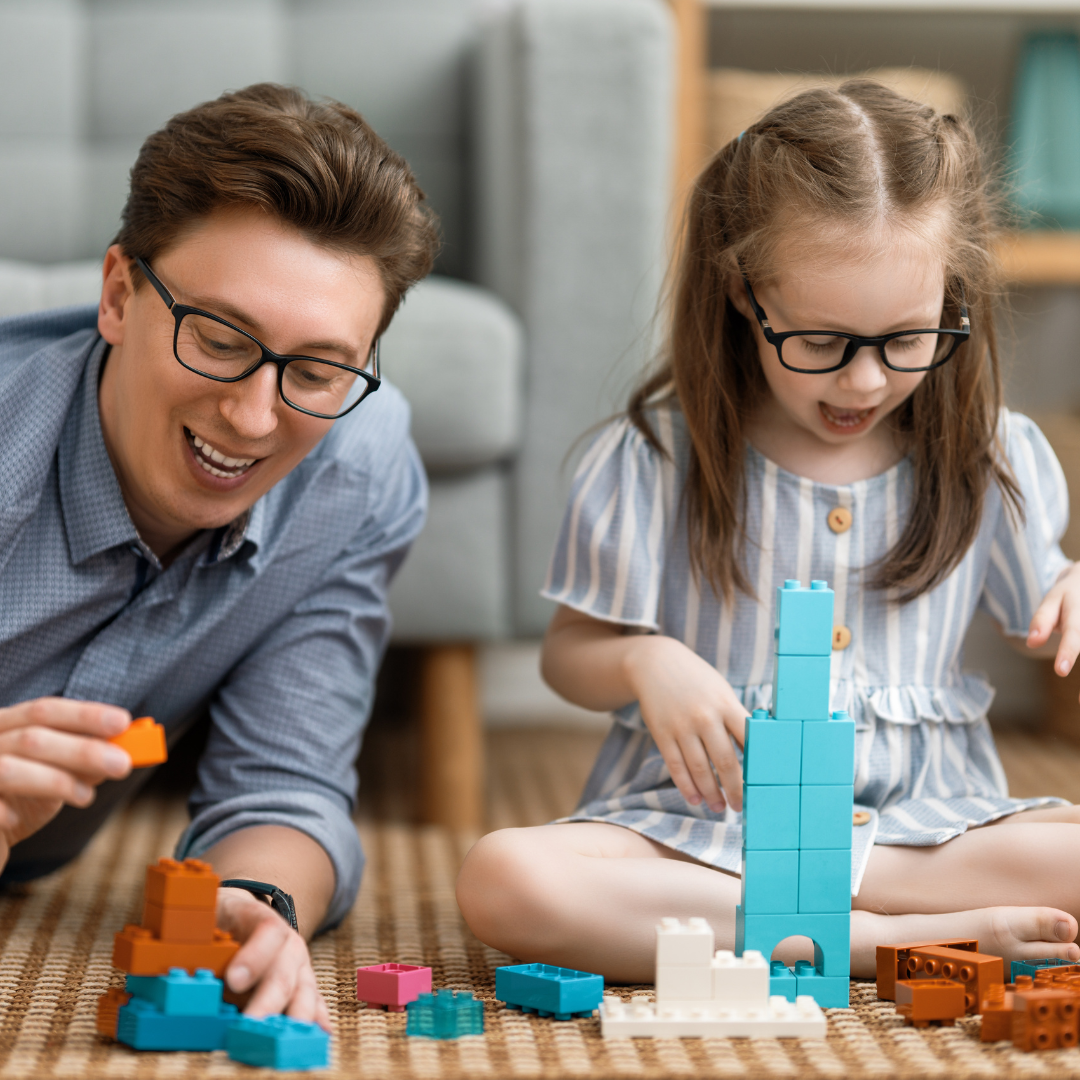What is Visual Spatial Awareness?
Visual Spatial awareness is the ability to visually perceive two or more objects in relation to each other and to yourself.
For example, think about the task of writing something down on a piece of paper. What seems simple is actually pretty complex when you dig into it. Holding your pencil properly, angling it to the paper just right so that you can make a mark, where on the paper to start writing, how much space you have, how big or small to write, where to start writing, forming a straight line, how to form the letters, the spacing between words, the spacing between lines... all of these factors work together like a puzzle and require Visual Spatial processing skills to complete the task. All of that without even factoring in grammar and spelling!
Why is it Important?
For example, think about the task of writing something down on a piece of paper. What seems simple is actually pretty complex when you dig into it. Holding your pencil properly, angling it to the paper just right so that you can make a mark, where on the paper to start writing, how much space you have, how big or small to write, where to start writing, forming a straight line, how to form the letters, the spacing between words, the spacing between lines... all of these factors work together like a puzzle and require Visual Spatial processing skills to complete the task. All of that without even factoring in grammar and spelling!
Why is it Important?

What to Look For
Chances are if your child struggles with Visual-Spatial Awareness, there's no need to look for clues because it's apparent every day. One example might be the tendency to spill. Do you know someone like that? Yeah, me too.
Here are some other signs and symptoms:
Here are some other signs and symptoms:
Want to know more about our Cognitive Skills program and how it can help?
Use the links below to learn more or schedule an assessment with a local office!
Use the links below to learn more or schedule an assessment with a local office!




